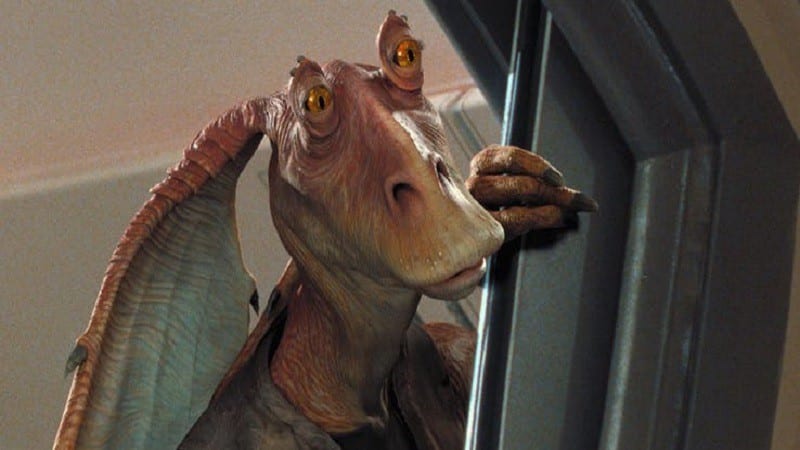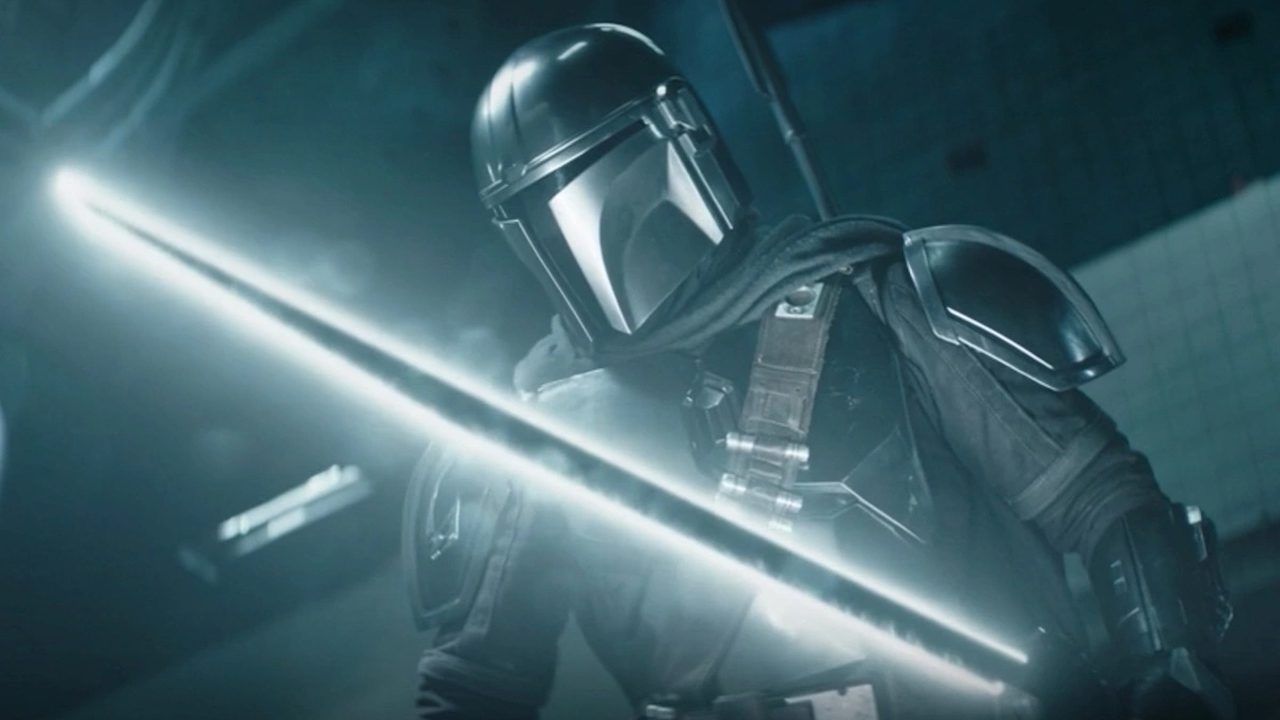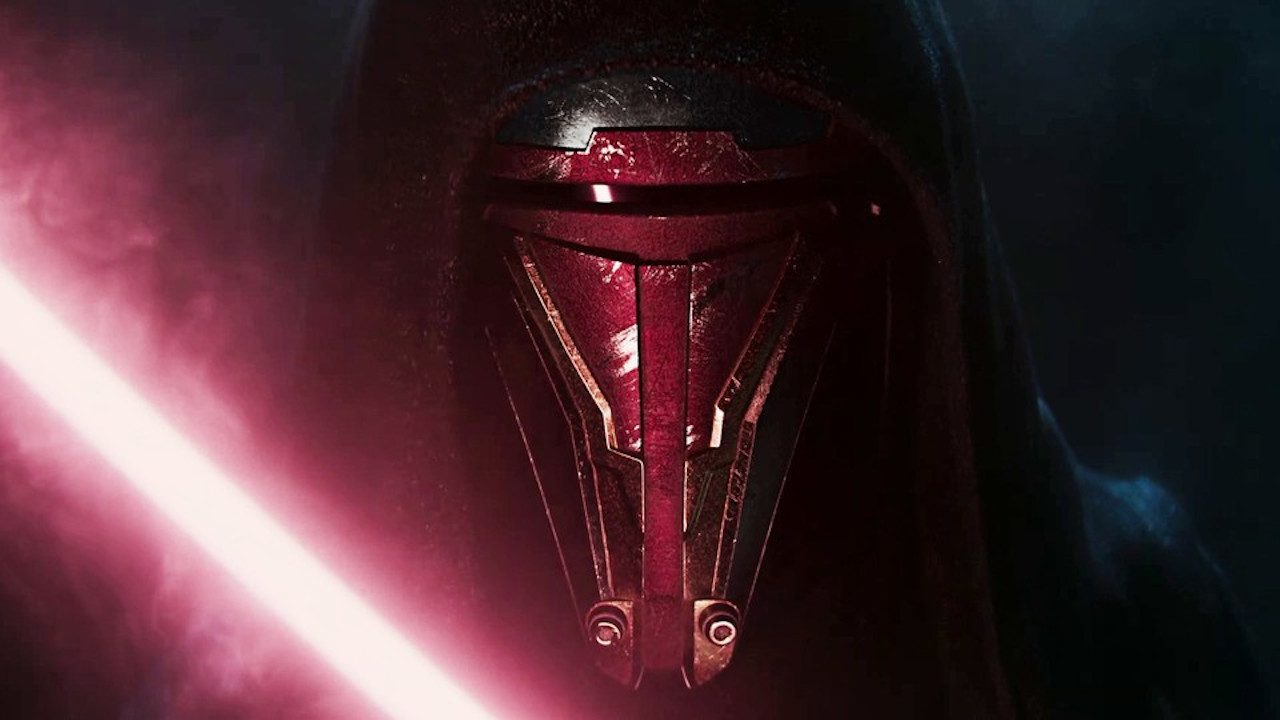Für rund 34.000 Unterzeichner einer Petition liegt die Lösung für das Arbeitslosenproblem der USA ganz klar auf der Hand: Einen Todesstern aus dem Star Wars-Universum in den Himmel ragen lassen – aber natürlich auch dort, wo er hingehört, in den Weltraum nämlich. Doch nun hat das weiße Haus auf die Petition geantwortet, was einige wohl doch enttäuschen könnte.
Der Bau eines Todessterns wurde abgelehnt. Hintergrund: Die US-Regierung wurde in einer Petition aufgefordert, den Bau eines Todessterns zu planen und zu starten. In der Antwort des weißen Hauses, genauer gesagt stammt sie von Paul Shawcross, werden jedoch durchaus Sympathien für die Star Wars-Welt verraten. Hauptgrund für die Ablehnung des Projekts war dann aber doch wohl der Preis, denn nach Berechnungen und Schätzungen von Experten hätte der Stern gut 850.000.000.000.000.000 US-Dollar gekostet. Neben den Kostenpunkt gab es aber auch noch andere Gründe, das Projekt zu schließen, welche der offiziellen Stellungnahme zu entnehmen sind:
This Isn't the Petition Response You're Looking For
By Paul ShawcrossThe Administration shares your desire for job creation and a strong national defense, but a Death Star isn't on the horizon. Here are a few reasons:
Zum ShopMagischen Merch entdecken! ✨
Zauberstäbe, Deko & Sammlerstücke – jetzt auf Zauberkram.de. 🧙♂️
- The construction of the Death Star has been estimated to cost more than $850,000,000,000,000,000. We're working hard to reduce the deficit, not expand it.
- The Administration does not support blowing up planets.
- Why would we spend countless taxpayer dollars on a Death Star with a fundamental flaw that can be exploited by a one-man starship?
However, look carefully (here's how) and you'll notice something already floating in the sky — that's no Moon, it's a Space Station! Yes, we already have a giant, football field-sized International Space Station in orbit around the Earth that's helping us learn how humans can live and thrive in space for long durations. The Space Station has six astronauts — American, Russian, and Canadian — living in it right now, conducting research, learning how to live and work in space over long periods of time, routinely welcoming visiting spacecraft and repairing onboard garbage mashers, etc. We've also got two robot science labs — one wielding a laser — roving around Mars, looking at whether life ever existed on the Red Planet.
Keep in mind, space is no longer just government-only. Private American companies, through NASA's Commercial Crew and Cargo Program Office (C3PO), are ferrying cargo — and soon, crew — to space for NASA, and are pursuing human missions to the Moon this decade.
Even though the United States doesn't have anything that can do the Kessel Run in less than 12 parsecs, we've got two spacecraft leaving the Solar System and we're building a probe that will fly to the exterior layers of the Sun. We are discovering hundreds of new planets in other star systems and building a much more powerful successor to the Hubble Space Telescope that will see back to the early days of the universe.
We don't have a Death Star, but we do have floating robot assistants on the Space Station, a President who knows his way around a light saber and advanced (marshmallow) cannon, and the Defense Advanced Research Projects Agency, which is supporting research on building Luke's arm, floating droids, and quadruped walkers.
We are living in the future! Enjoy it. Or better yet, help build it by pursuing a career in a science, technology, engineering or math-related field. The President has held the first-ever White House science fairs and Astronomy Night on the South Lawn because he knows these domains are critical to our country's future, and to ensuring the United States continues leading the world in doing big things.
If you do pursue a career in a science, technology, engineering or math-related field, the Force will be with us! Remember, the Death Star's power to destroy a planet, or even a whole star system, is insignificant next to the power of the Force.
Paul Shawcross is Chief of the Science and Space Branch at the White House Office of Management and Budget




